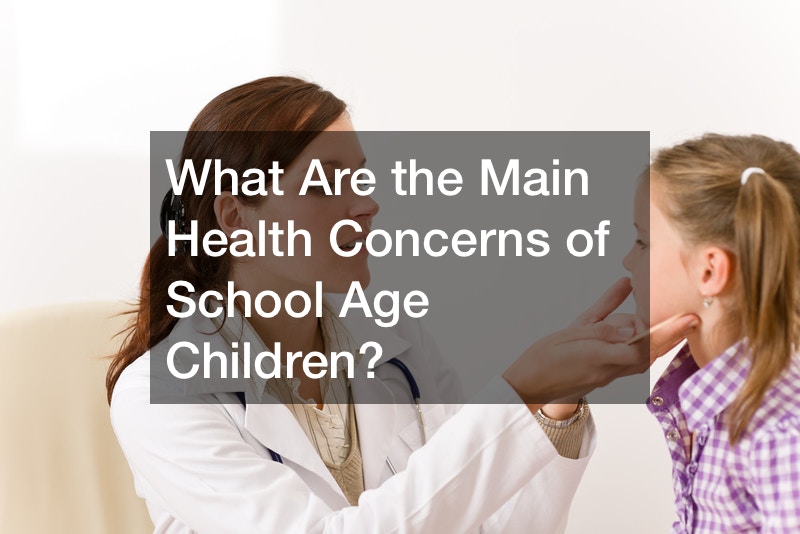school-age children. Between 6-11 and 12-19years old, the percentages of obese children in school are 18.45 or 20%, and 20%, respectively.
Obesity may be result of genetics, excessive eating and inactivity. Diabetes-related conditions such as insulin resistance Cushing’s syndrome, or medications can also lead to overweight. The effects of obesity in childhood are numerous that could result in Type 2 diabetes, hypertension, and bone and joint issues. Childhood obesity can lead to weight gain when they reach adulthood.
Obesity can be avoided and treated by managing weight. A healthy diet and participation in programs for weight loss are important for your child. Activities like biking, walking, or taking part in activities can help prevent and combat the weight. Rent a bicycle and go for a ride with your child. Give your child sterling silver hoops, or toys to inspire them when they reach certain thresholds. The age limit for children over 18 shouldn’t smoke, drink, or use vape products as they are associated with weight gain.
The bottom line
These explanations answer the question of what are the main health issues for school-age youngsters. Take the necessary steps to ensure your child’s security and health. Have them checked for medical issues and treatments if they show evidence of illness or become sick. Set up an appointment to see a pediatrician if your child is in need of medical treatment or if you have questions regarding your child’s health.
gw2aooau52.
